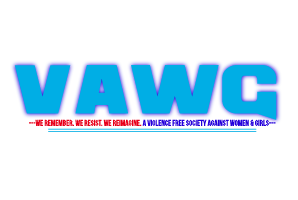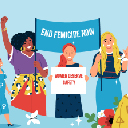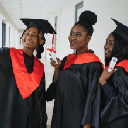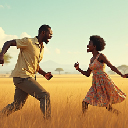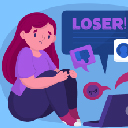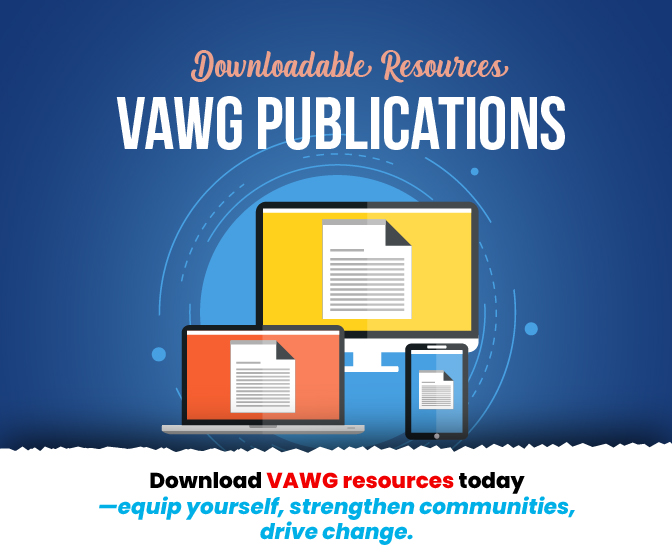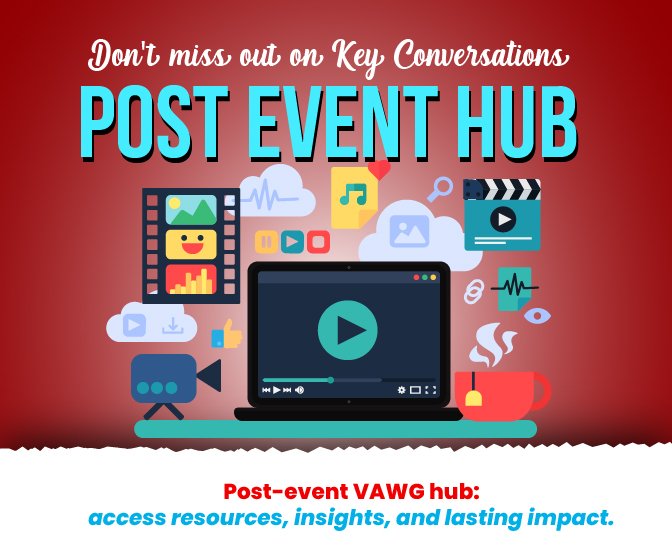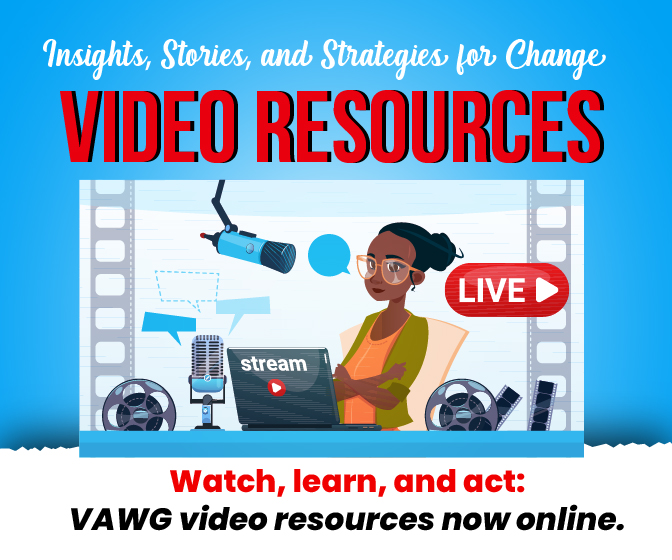Unpacking Violence Against Women and Girls in Global and African Contexts
Violence Against Women and Girls (VAWG) remains one of the most pervasive human rights violations worldwide. Despite significant progress in awareness and legislation, millions still face physical, sexual, psychological, and economic violence daily. But what exactly do we mean by VAWG? And how does this manifest uniquely in global and African contexts?
VAWG is More Than Just Physical Harm
At its core, Violence Against Women and Girls encompasses any act of gender-based violence that results in or is likely to result in physical, sexual, or mental harm or suffering. The United Nations Declaration on the Elimination of Violence Against Women (1993) defines it as “any act of gender-based violence that causes, or is likely to cause, physical, sexual or psychological harm or suffering to women, including threats, coercion or arbitrary deprivation of liberty, whether occurring in public or in private life.”
But VAWG is not just about bruises and broken bones. It’s a multi-layered issue including: Domestic violence: , Sexual violence and harassment, Economic violence, Harmful traditional practices, Psychological abuse; And Understanding this scale is essential to crafting effective interventions and advocacy.
Globally, the numbers are staggering. According to the World Health Organization (WHO), 1 in 3 women worldwide has experienced physical or sexual violence in their lifetime. The COVID-19 pandemic further exposed and exacerbated these vulnerabilities, dubbed the “shadow pandemic” by the UN Women.
Consider the global #MeToo movement, which highlighted the ubiquity of sexual harassment across industries and borders. While its genesis was in the West, the movement’s resonance has been felt worldwide, sparking critical conversations even in the most conservative societies.
Organizations such as UN Women, The World Health Organization (WHO), and Amnesty International tirelessly push for stronger laws, better services, and increased funding for survivors globally. The Global Gender Gap Report by the World Economic Forum also tracks gender disparities that feed into systemic violence.
Africa’s Unique Landscape
Africa presents a complex picture. Here, VAWG is deeply intertwined with socio-cultural, economic, and political factors.
Harmful Traditional Practices: Practices like FGM, early and forced marriage, and widow inheritance persist in many communities. According to UNICEF, approximately 200 million girls and women worldwide have undergone FGM, with the majority residing in Africa.
“VAWG is a shadow we can no longer afford to overlook. From the corridors of the platforms to rural African villages, understanding its definitions and manifestations is the first step in dismantling it. The next is collective, courageous action.”
For example, in parts of East and West Africa, child marriage remains rampant. This is not just a cultural issue but a direct violation of girls’ rights, truncating education, increasing health risks, and perpetuating cycles of poverty.
Conflict and VAWG: conflicts in regions such as the Democratic Republic of Congo (DRC), South Sudan, and Somalia have seen sexual violence weaponized as a tactic of war. Here, the UN Office for the Coordination of Humanitarian Affairs (OCHA) and the International Rescue Committee (IRC) work on the ground to provide survivor-centered care and advocate for justice.
Economic and Social Challenges: Economic disempowerment, coupled with patriarchal norms, restricts many African women’s agency, increasing vulnerability to abuse. However, organizations like African Women’s Development Fund (AWDF) and MEMPROW and other feminist organizations in Uganda and beyond are leading transformative change, championing women’s rights, pushing for legal reforms, and supporting survivors.
Why Definitions Matter: Framing the Fight Against VAWG
Getting the definition right is strategic because a comprehensive understanding shapes: Policy formulation, Funding allocation, Community engagement, and Data collection to influence accurate measurement of VAWG’s many forms to inform action, but also because language in legal texts is important to hold perpetrators accountable and empower survivors.
The fight against VAWG requires a feminist lens that centers intersectionality, recognizing how race, class, disability, and other identities compound vulnerabilities. It requires vigilance against simplistic narratives that either romanticize “culture” or overlook global systemic inequalities.
In Africa, strengthening local leadership, investing in education, and reforming legal frameworks in partnership with communities will be key. Globally, we need sustained political will and robust international cooperation.



